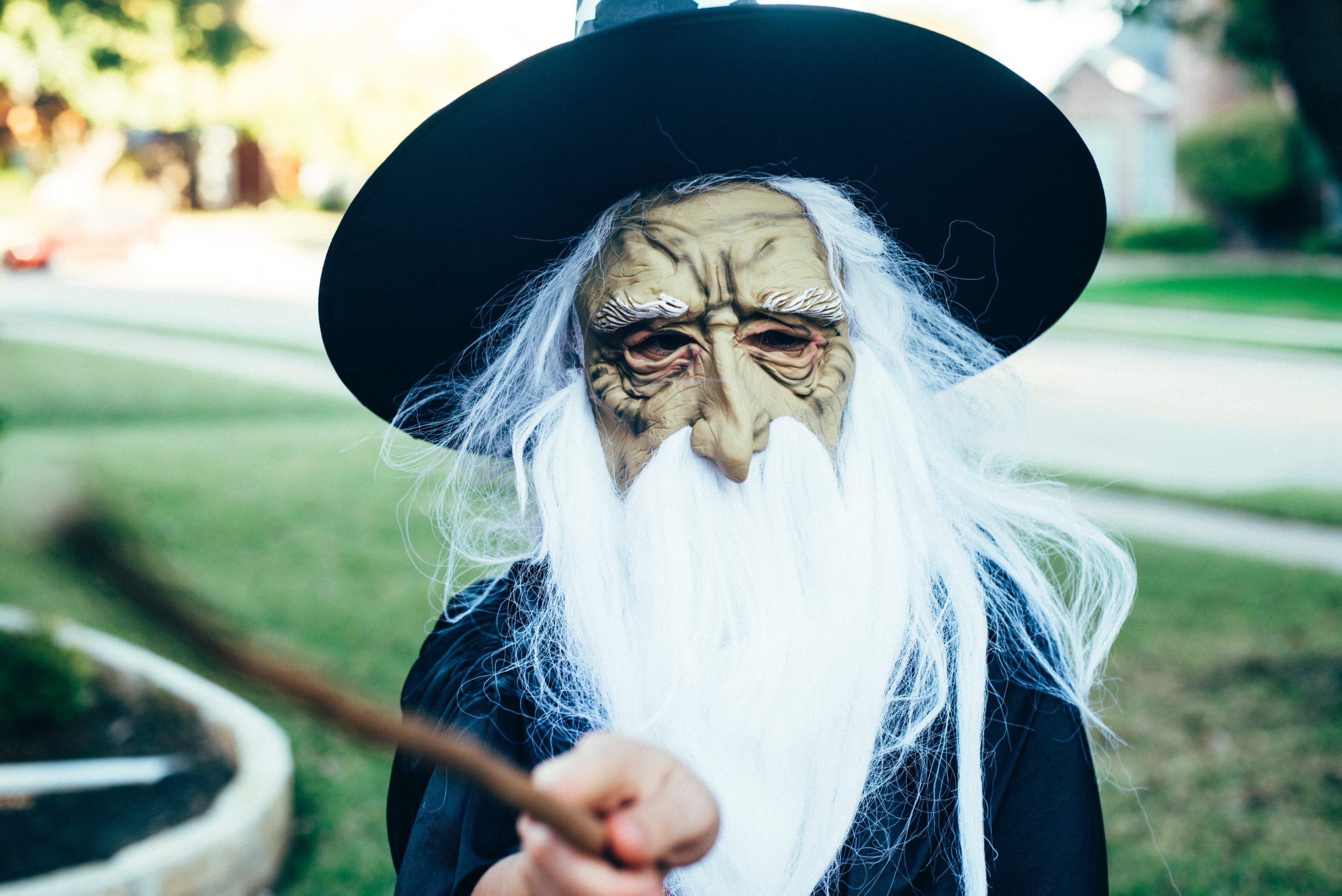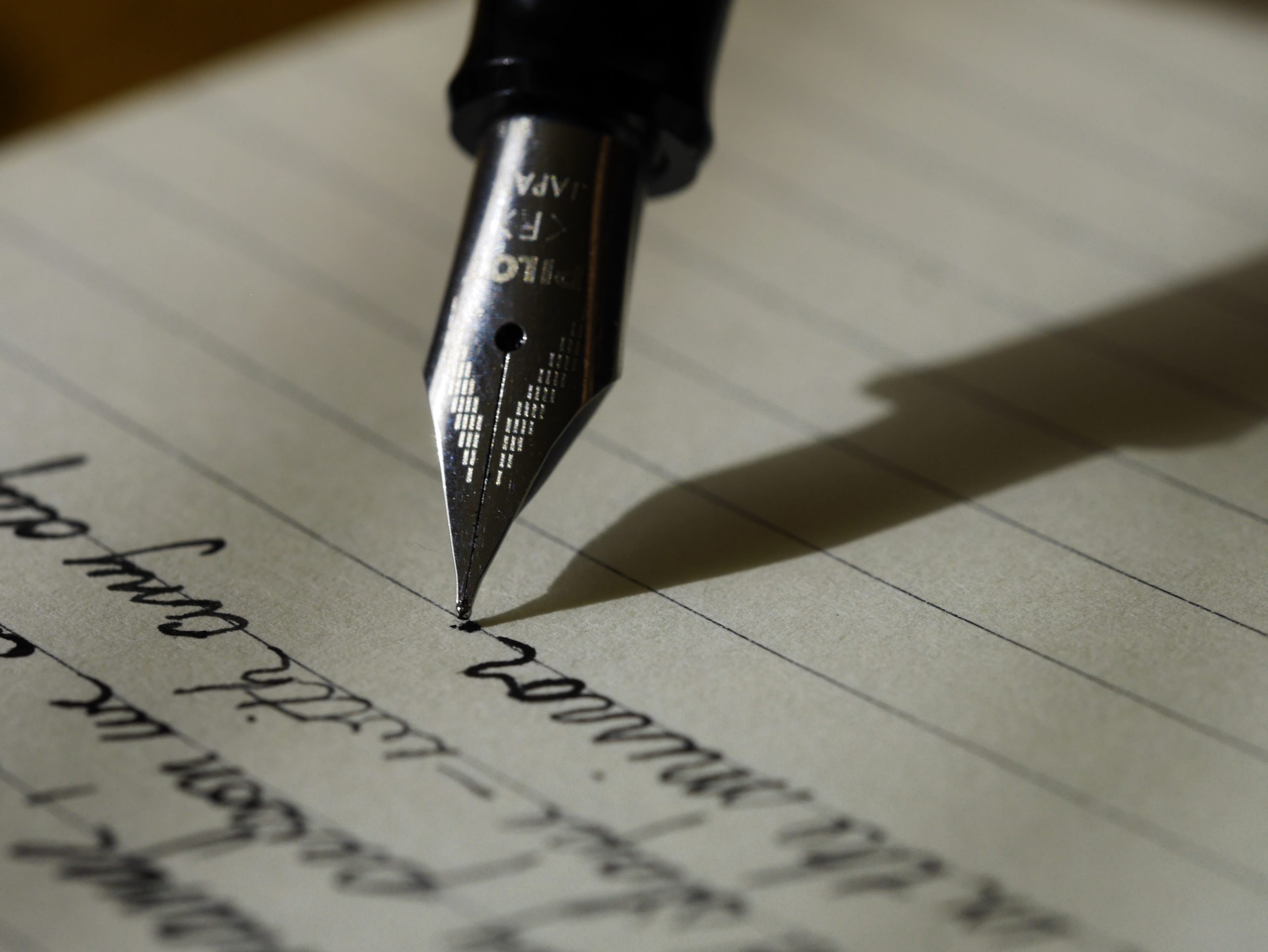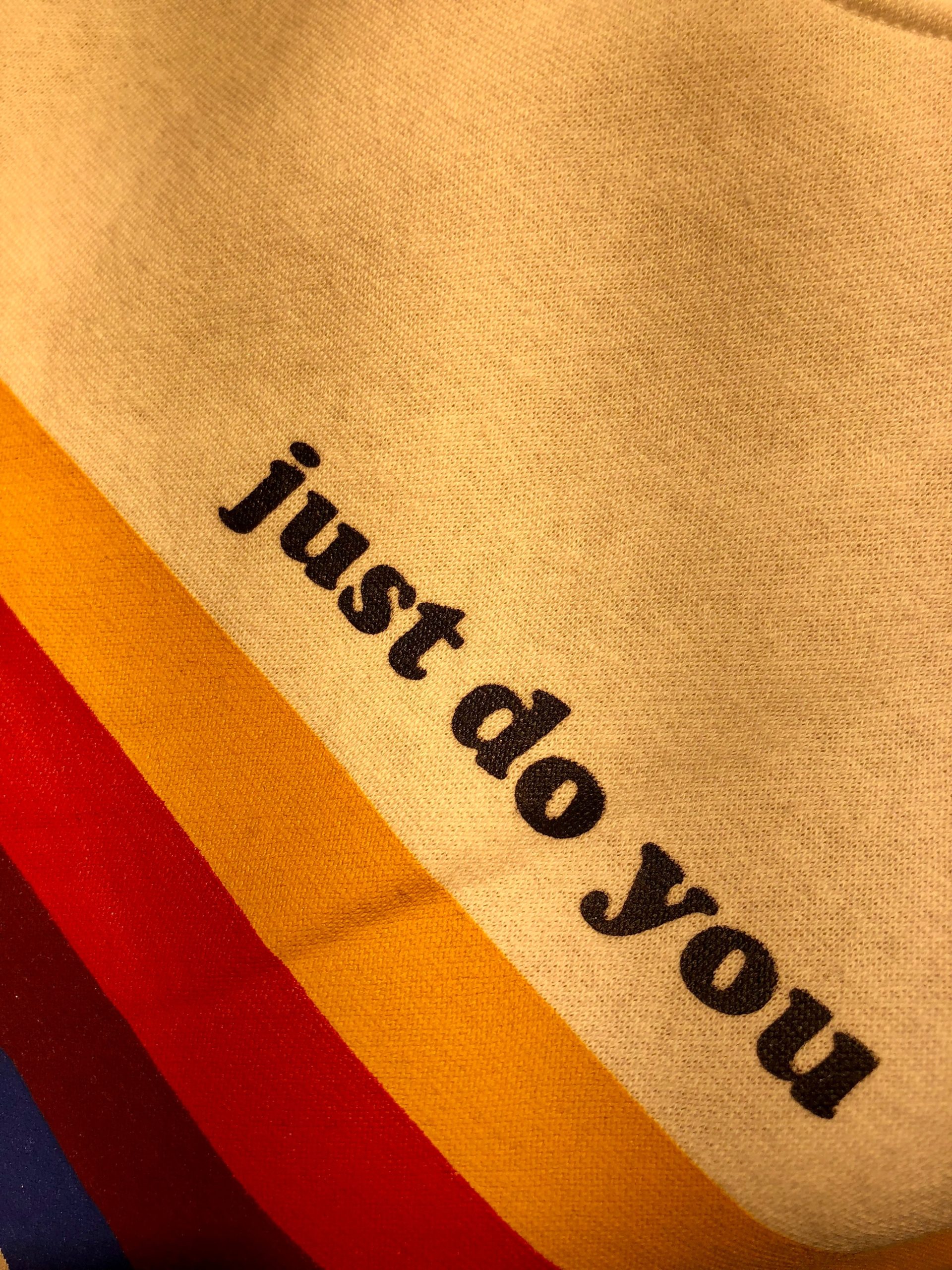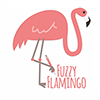What is Copyright?
Well to put it quite frankly, it’s a minefield! Essentially, it’s the protection for the creator of a creative work to reproduce it for a limited time. There are different rules for different types of work and so whatever you are creating you should look up the rules for that particular thing. For example, for books the copyright of the text is usually belongs to the author for their lifetime and then for seventy years after their death. I’ve compiled my top 5 list of copyright infringements and how to avoid them, so that you can be comfortable that you are doing the right thing. After all, if everyone adhered to copyright law then us creators would be much happier bunnies!

1. Do I have to apply for copyright?
In the UK, copyright is automatically applied when something is created, giving the creator the copyright. There are extra layers of protection you can put in place by talking to legal experts, but in theory no one should be able to copy your work if you have created it and can prove so.
2. I’ve been asked to base a design on a well-known film, what should I do?
For example, you are a designer producing products for the gift market, such as mugs, t-shirts and prints. You have a customer request one of your mugs and they have asked for it to be in the style of Harry Potter, using the well-known font and the characters from the books and films. If you went ahead with the design then you would be infringing the copyright of the author, J K Rowing, and also the production company, Warner Brothers, not to mention the official merchandising companies. Even if you do it for just the one client and don’t advertise it this is still against the law. It is you taking the risk of having legal action taken against you (and it really does happen, particularly with the huge companies who can easily afford the legal fees), not the customer. The answer to give the customer is that it is against copyright law and the only legitimate way for you to do it would be to apply for a license to do so, which can be very time-consuming and costly. If the customer really wants the Harry Potter product then they should go to a licensed producer.

3. You’ve written a book and quoted other books, is that okay?
This is a bit more complicated. In general, you are allowed to quote 100 words verbatim from a book, as long as it is fully referenced. A full reference needs the author name, year of publication, book title, publisher and place of publication, plus relevant page numbers. An example would be:
Bloggs, J. (2000) My Book. Fuzzy Flamingo; Leicester. pp. 1-5
If you want to quote more than this then you would need to seek permission from the publisher of the book. If you have used books for research for your book, but you’re not directly quoting or referencing them, you should include them in your references section at the end.

4. I want to use a picture I found on the internet for my design project, is that okay?
For example, you are an author and you have found a picture you think would work perfectly on your book cover. Can you use it? Most importantly, it depends on where on the internet you found it. If you just found it in a Google images search, for example, it is unlikely you can use it. For one thing it is likely to be too low resolution to use (there is a blog post coming on the subject of resolution, so watch this space!). Computer screens only need 72dpi (that’s dots per inch, so the number of dots of ink/colour per square inch), whereas to print well an image needs to be 300dpi. So, if you print a 72dpi image on a book cover the printer will essentially fill in the gaps between those 72 dots with the nearest colour to make it up to 300, and that’s why you get that blocky ‘pixellated’ look. The other reason is copyright. You need permission to use any image in a commercial product, such as a book cover.
There are websites that offer ‘royalty-free’ images, which means that you pay a one-off fee and can use the image under their terms (they usually state the number of printed copies it can be used on, for example). Good, reputable sites like this are https://www.istockphoto.com/gb and https://www.shutterstock.com/home. There are also a number of sites that offer free pictures with copyright permission, you just need to be careful to read the terms and conditions carefully to ensure you are adhering to their rules. For example, they may ask you to credit the site or the copyright holder for the picture, which can be done discreetly on the copyright page of your book, unless it asks for specific placement.
If you have a printed photograph that you’d like to use, if you took it yourself and you have the permission of any persons in the photograph to be featured on the cover, then you’re good to go. If it was taken by someone else, then you’d need to seek their permission (get it in writing and keep it safe). If you don’t know the persons in the photo and you’ve no way of asking their permission, then the best advice is to find an alternative image.

5. This song is awesome, I have to share it!
For example, you are writing a social media post and there’s a song that’s so relevant you just have to share some of the lyrics. Song lyrics have special protection and you should always seek permission to quote them from the copyright holder. This can be the music publisher, or the song writer or sometimes the artist. As it’s complicated it can often be quite a time-consuming and laborious process and can even be costly, as often you need to pay to be able to use them. This applies to something simple like a social media post, or it could be your chapter headings in your book, or a casual reference in your novel, so be careful. It may be unlikely that your post or book or whatever else it may be would cross the path of the copyright holder, but is it really worth the risk of a costly legal battle? And is it morally right to break the law anyway?
Protect Yourself
Whether it is you thinking of using someone else’s work, for example drawing a Disney character for a customer’s print, or it’s you looking after your own work, make sure you protect yourself. With your own work, add watermarks to images until they’re approved or sold. With your manuscript of your book only send it to trusted people. If you’re asked to use someone else’s images then ensure you have the rights, permissions or licence to do so. If you’re unsure, do your research. If you’re still unsure then you can seek legal advice. If you don’t know whether your design infringes someone else’s work, then perhaps it’s best to play it safe and not do it. The choice is yours.


